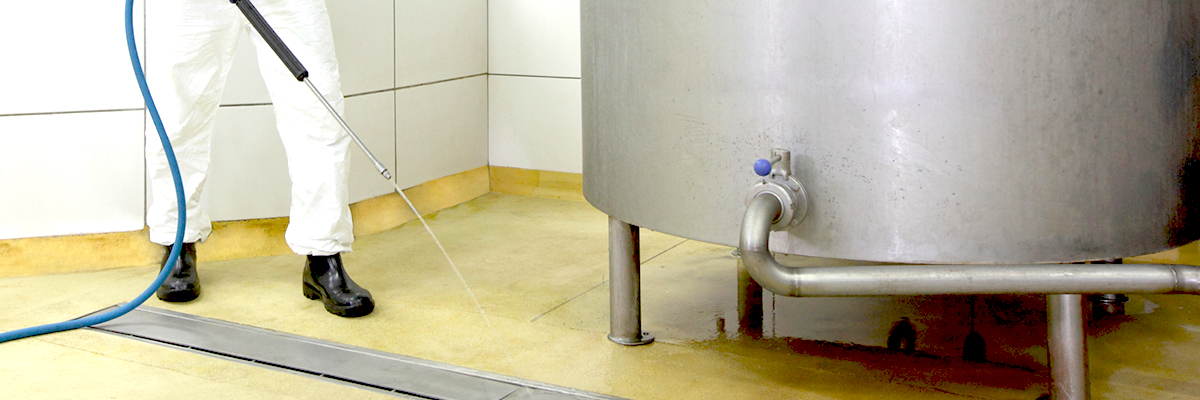
Spill Prevention & Planning for Sustainability
The safe use and storage of hazardous chemicals and hazardous materials is imperative for community safety, pollution prevention and regulatory compliance.
Facilities are required by the U.S. EPA if a facility exceeds a threshold of 1,320 gallons of oil in aboveground containers and equipment. When calculating the maximum oil capacity, the maximum container shell capacity is used not the actual oil volume. Containers less than 55 gallons in capacity are excluded.
Oil is broadly defined in this federal regulation to include fuel oil, synthetic oil, gasoline, mineral spirits, used oils, cutting oils and lubricants that are derived from petroleum; and oils that are derived from animals, vegetables or fish.
Our environmental consultants will work with your facility to design effective secondary containment, develop hazmat response actions, and implement Spill Prevention Control and Countermeasure plans. As a result, your company will have a comprehensive SPCC plan that include all of the required facility diagrams, schematics, emergency equipment locations and procedures for site-specific hazard chemical spill response.
Our SPCC plans include all of the required facility diagrams, schematics, emergency equipment locations and procedures for site-specific hazard chemical spill response as well as a certification by a registered Professional Engineer (PE).
■ ■ ■
Accreditations:





